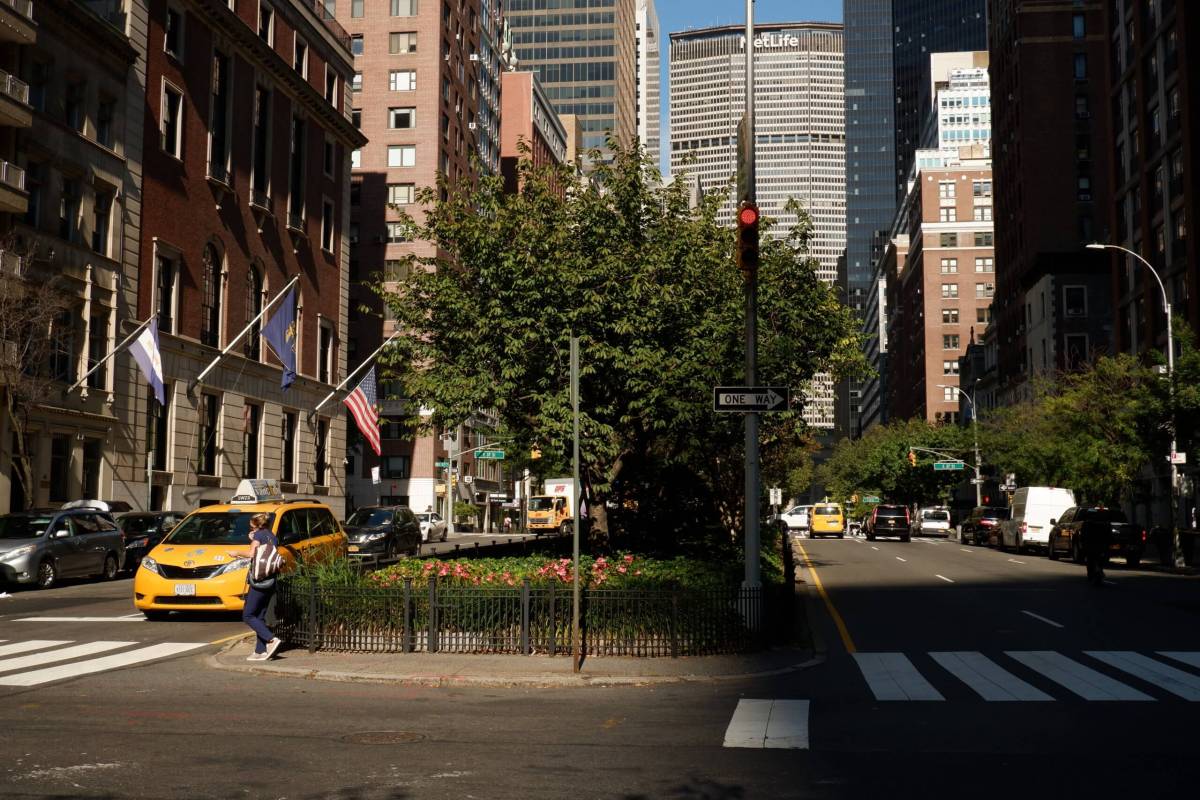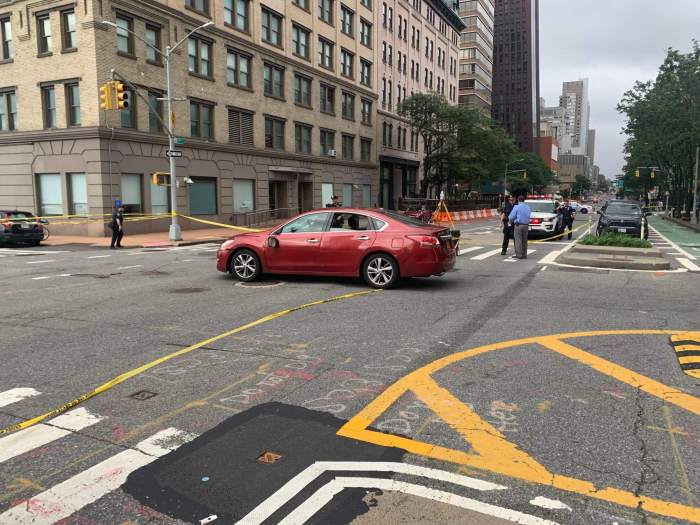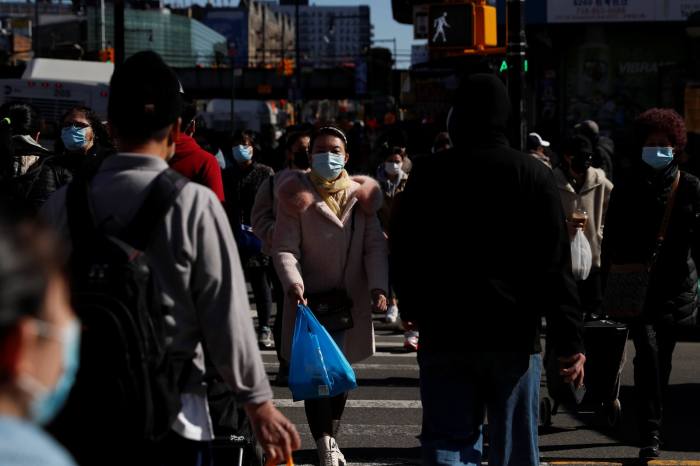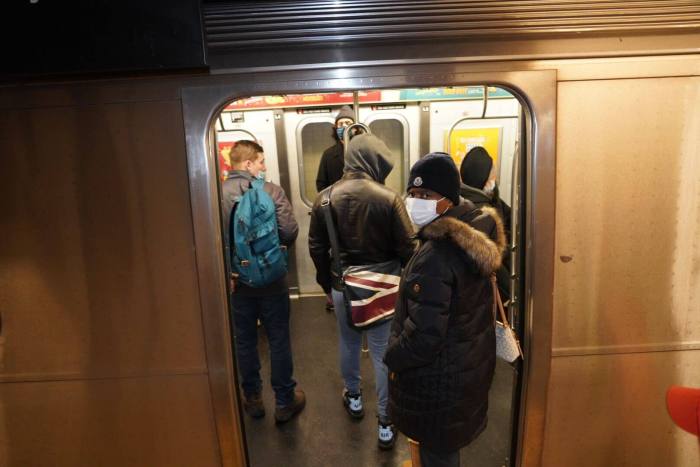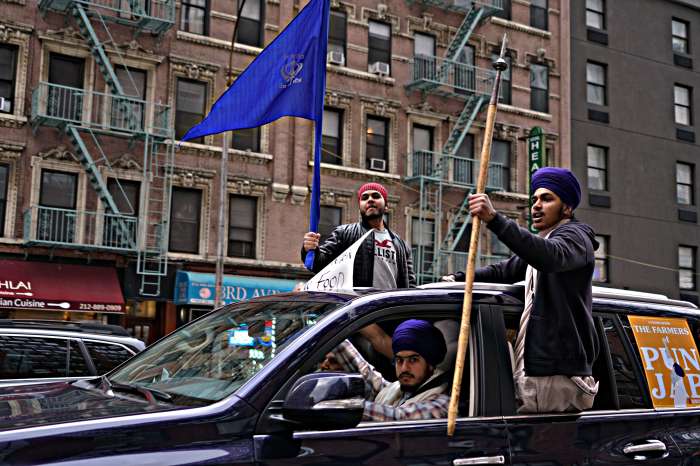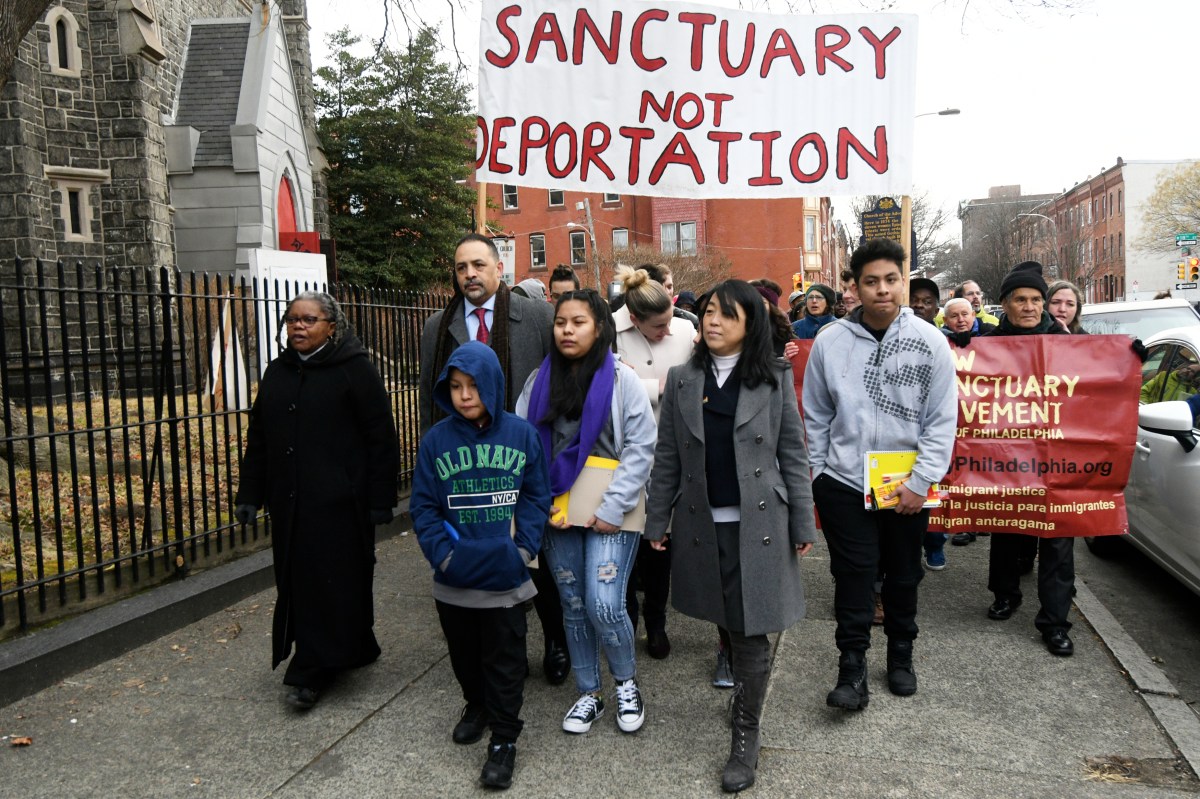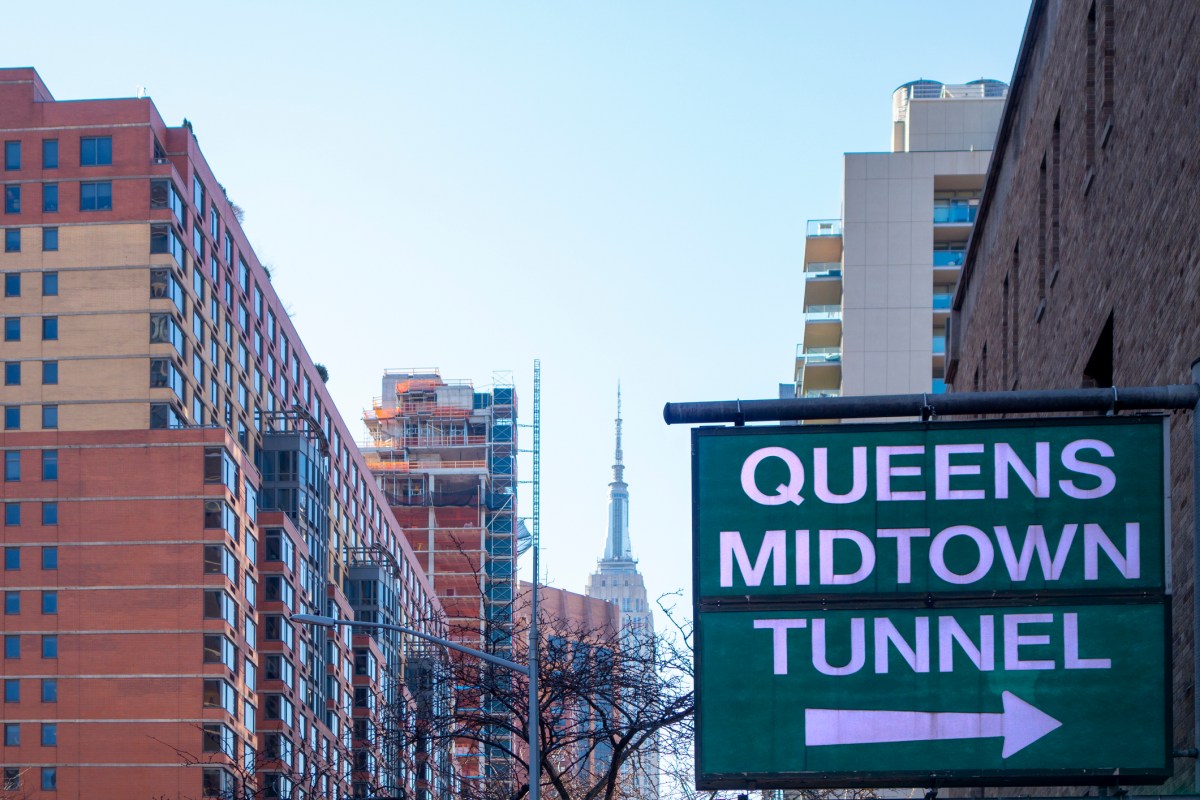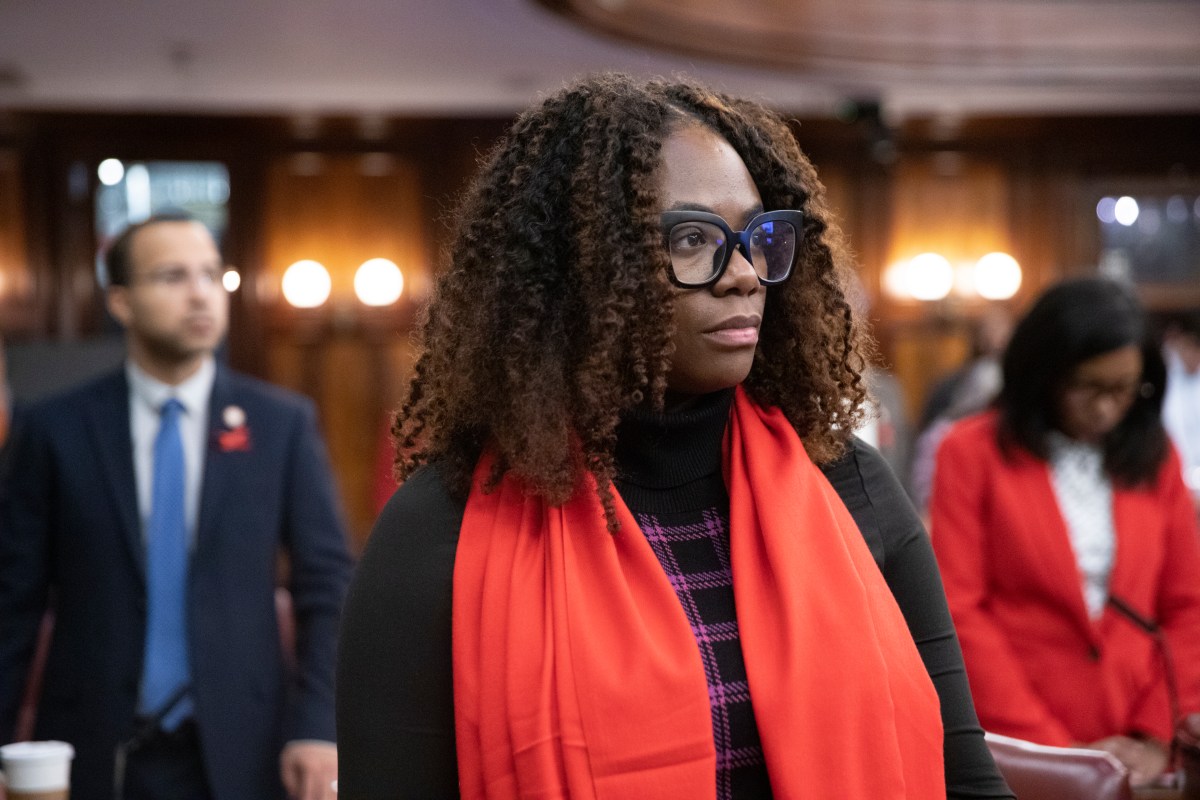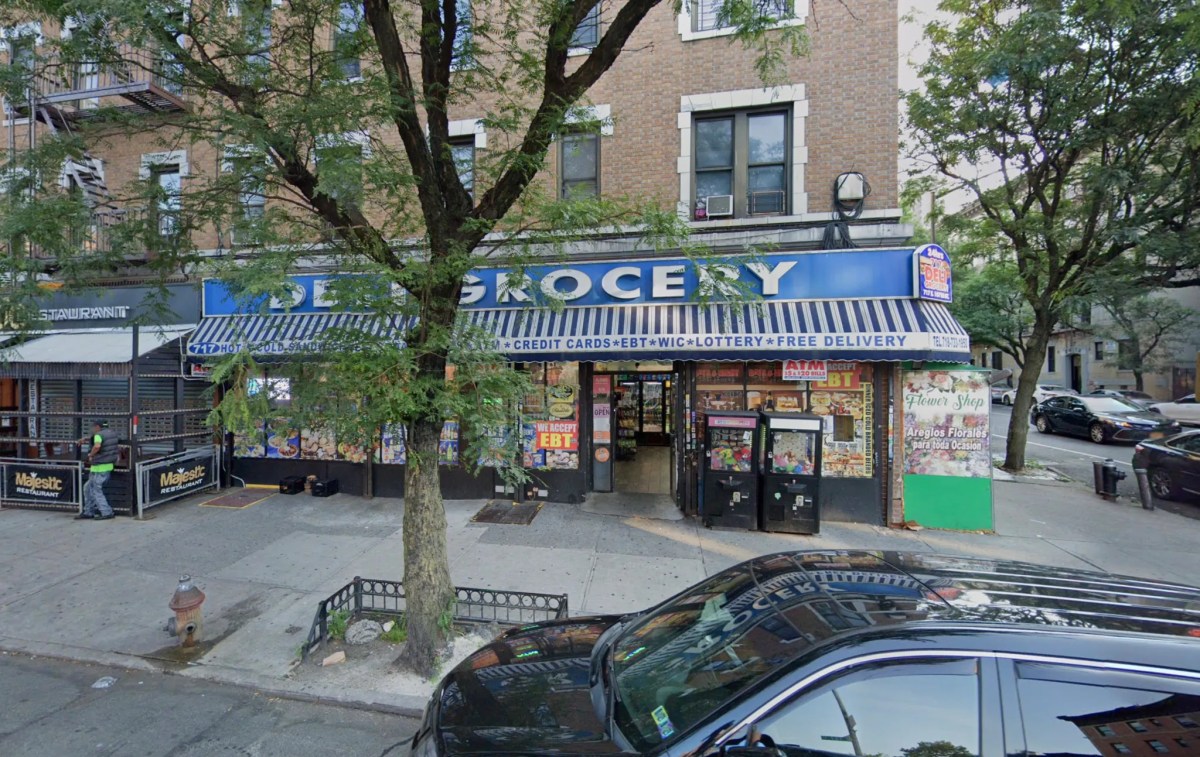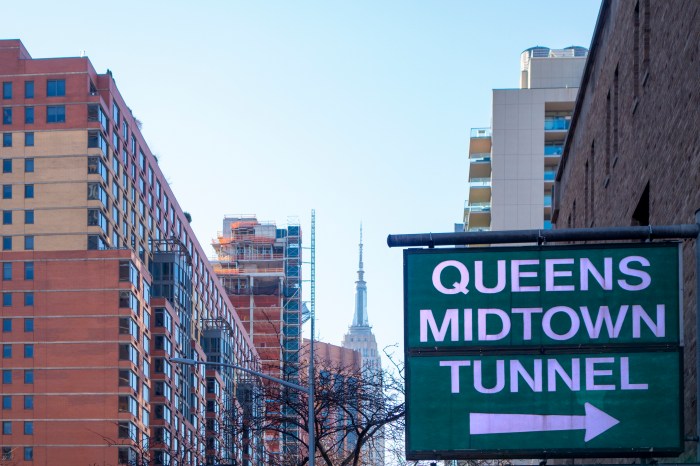As the city plans to “reimagine” Manhattan’s Park Avenue medians north of Grand Central Terminal following a massive reconstruction project of the train tunnels below, residents living south of the station are eager to also open the planted malls running down their stretch of the iconic thoroughfare.
The gardens lining the middle of the boulevard between East 34th and East 39th Street in Murray Hill are fenced off, but some at local Community Board 6 are proposing to unlock their four-foot-tall gates.
“This is a special space. It’s one of the most heavily-used, heavily-trafficked spaces in Manhattan, in New York City. So why not open it up, green it up, make it more amenable and give people a place to be,” said Gene Santoro, the chairperson of the board’s Transportation Committee.
Santoro was inspired by the Department of Transportation’s proposal to revamp the landscaped midsections north of Grand Central, from East 46th to East 57th Street, after MTA’s Metro-North Railroad tears up the road to repair entry tunnels to the terminal next year as part of a $2 billion, 20-year renovation.
DOT is looking to bring back some Park Avenue’s former glory as a linear park with a walkway and seating, harkening back to the early 20th century before it was narrowed and fenced off to accommodate more vehicle traffic.
While the streets south of the commuter rail hub are not getting ripped up, Santoro said it wouldn’t take much effort to make them more accessible too.
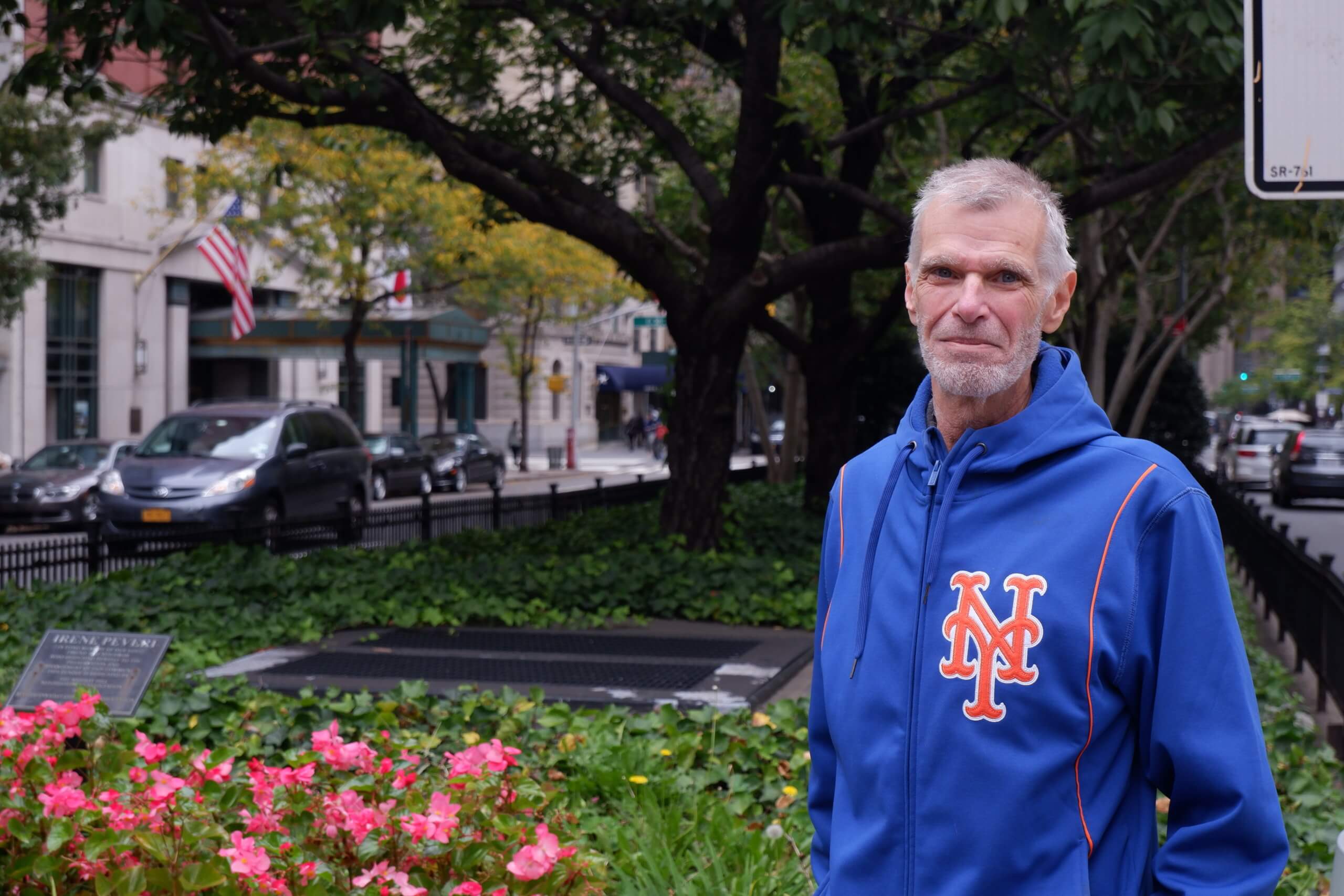
“I thought, why not us,” Santoro said. “Why don’t we take those ideas and expand them just a little bit, open those medians up, let people use them a little bit without destroying them, obviously, and make the place more user-friendly.”
The idea found favor among his fellow CB6 Transportation Committee members during an Oct. 10 virtual meeting.
“It’s actually an excellent idea because, I think that we can take these spaces and not … alter the actual structure of Park Avenue too much which is a huge undertaking to do,” said Andrew Gross. “Things like that that are small but easily executable, I think is a good use of our time and energy resources. It just seems like a wasted space just sitting there.”
Trolleys and trenches
The malls date back to the 1850s when they were installed to cover over a trench used by steam-spewing trains and trolleys of the New York and Harlem Railroad and the underpass would later become the Park Avenue Tunnel used by cars today.
The ditch was originally dug in the 1830s because the Victorian-era trains were not powerful enough to climb the steep incline through Murray Hill starting at East 32nd Street.
The new landscaped section above lined with tulips, cherry trees, magnolias, and begonias also gave the thoroughfare — previously called Fourth Avenue — its new name as Park Avenue.
The city’s Parks Department is technically responsible for the malls, but they fell into disrepair amid municipal disinvestment in the second half of the 20th century, with the fencing keeling over and trash lining the dusty plots.
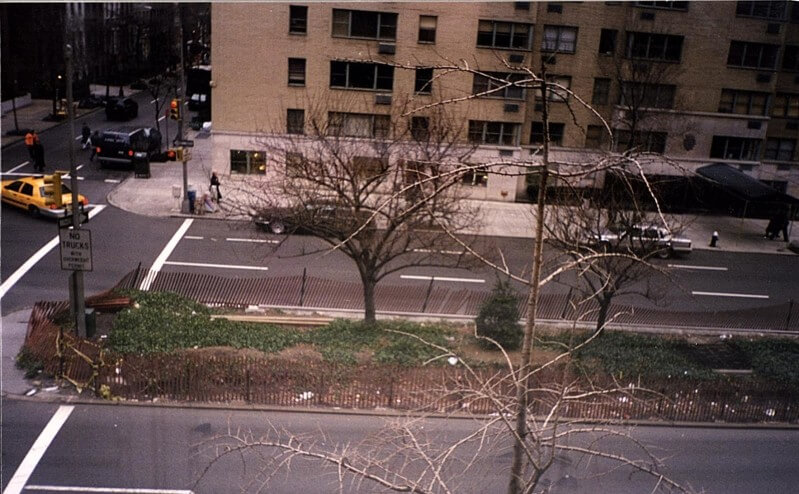
Locals formed Patrons of Park Avenue to beautify and maintain the space in the 1980s, which group has done ever since. The effort is entirely funded by donations from residents and businesses along Park Avenue and nearby.
“There was some trees but they were not taken care of,” said Victoria Spagnola, chairperson of the organization. “[The malls] were dormant, there was no plantings in the area.”
The Park Avenue resident said she would be open to allowing more access to the space, on the condition that the city puts up the funding for the move and keeps people from trampling on the plants.
“If there’s a way to do it without touching the plantings then yes,” Spagnola said. “If there’s a way to reimagine it and the city would pay for it then we would entertain it.”
The caretakers install different plantings four times a year, including a line of Christmas trees around December, and Spagnola said opening up the malls could allow more people to linger and admire the work by the green thumbs.
“I would like some benches for people to sit there and look at the beautiful plantings that we do,” she said. “It would be great for the neighborhood and it would definitely bring more exposure to them. Right now people don’t know that much about it, they just think, ‘Wow that’s a pretty block.’”



